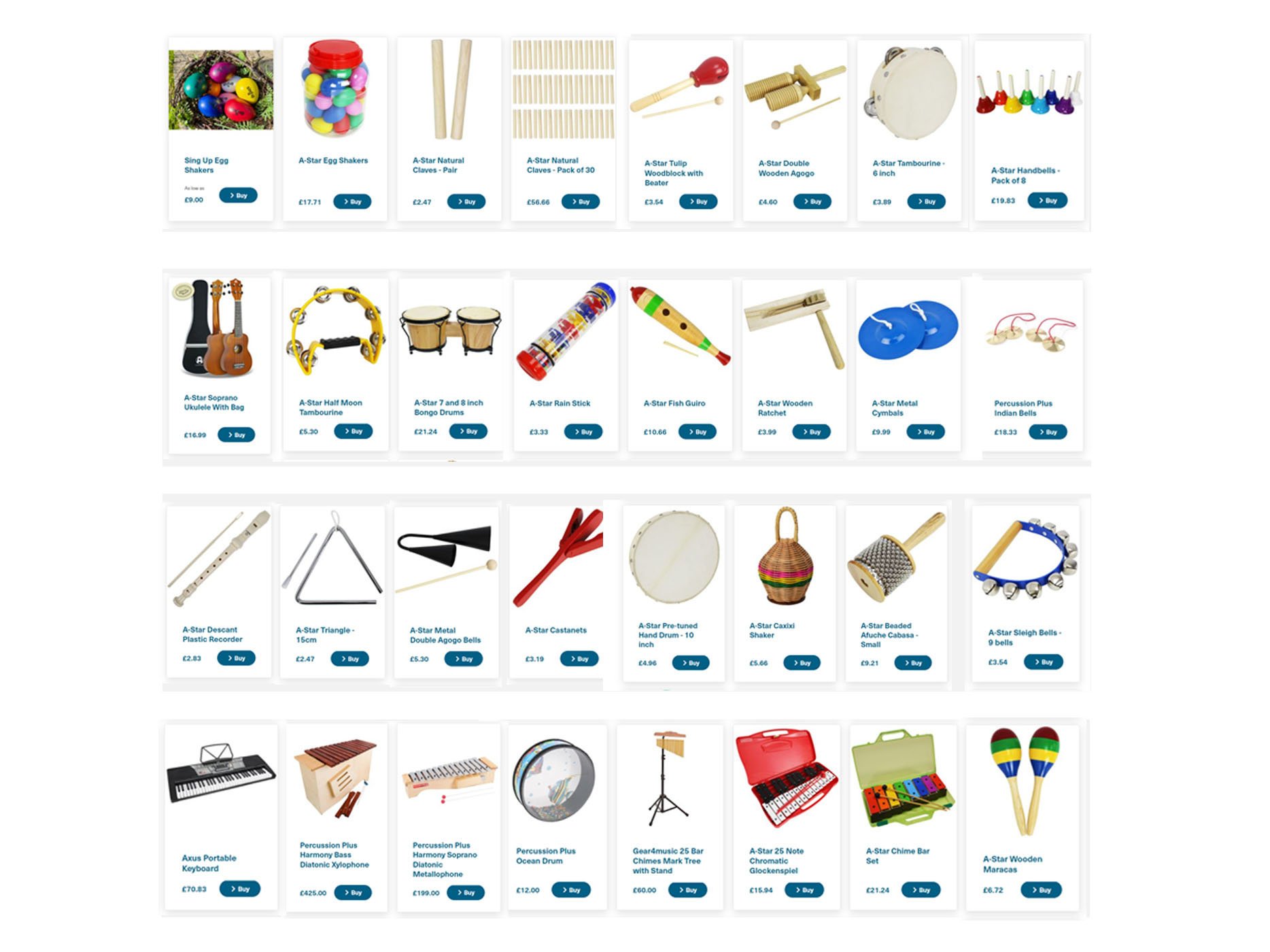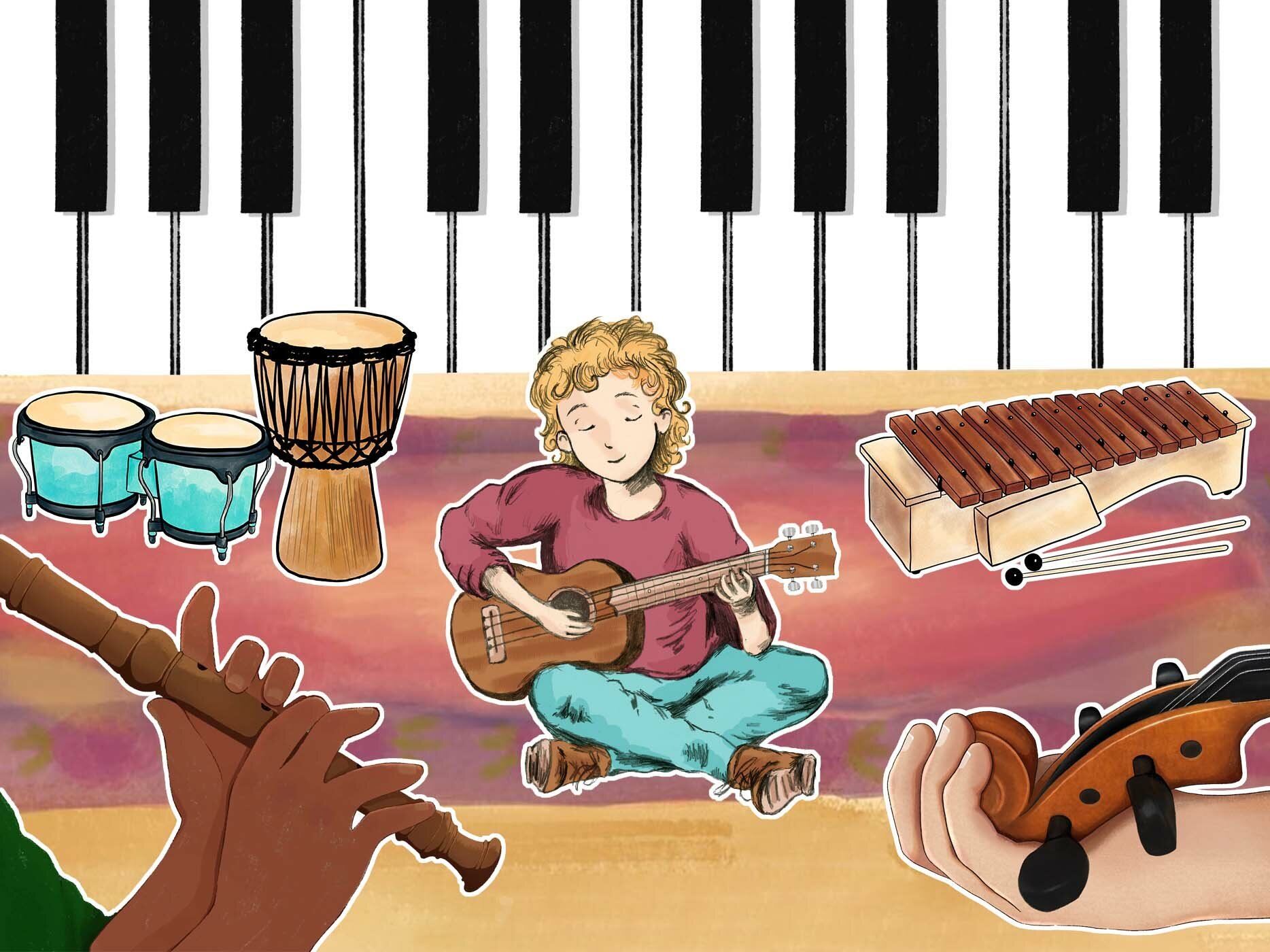
Play violin
Play violin is a ‘dip in’ collection of resources to support the teaching of whole class and small group violin lessons – taking groups of beginner players from the first steps of picking up the instrument through to playing as part of a group. The collection includes warm-ups and playing suggestions using Sing Up repertoire, as well as inspiring videos, downloadable posters, and useful tips to put into practice in group music lessons. Whether you are a music graduate just beginning your teaching career or an established music teacher looking for some new ideas we think you’ll find this a helpful resource to include in your toolkit.
About Play violin
The approach draws on a variety of tried and tested ideas including the use of musical games, singing, physical movement, playing by ear, using Kodály rhythm words and staff notation.
The following methods of teaching are drawn upon in this resource:
- Colourstrings
A violin teaching approach developed by Géza and Csaba Szilvay, emphasising holistic musical development through a color-coded system. It integrates technical, musical, aural, and emotional aspects, making learning engaging and enjoyable, especially for young children. The method utilises colours to represent strings, simplifying music reading and promoting a relaxed left-hand position, often incorporating natural harmonics from the start.
- Suzuki
The Suzuki Method is a music education philosophy and teaching method developed by Shinichi Suzuki, primarily for violin, but also applicable to other instruments. It emphasises early childhood learning through immersion, listening, and repetition, mirroring how children learn their native language.
- Paul Rolland
Paul Rolland’s principles and Action Studiesfocus on creating healthy movements with good balance, which allow one to develop stellar technique (including the basics of advanced skills within the first 2 years of playing the instrument), find more potential for musical expression, and play with minimal to no excess tension in the body.
- Kodály
The Kodály approach (following the teachings of Zoltán Kodály) – musicianship through singing – provides tools to develop fundamentals such as pulse, inner hearing, good tuning, and sight-reading ability. (Excerpt from British Kodály Academy website.)
- Dalcroze
In Dalcroze Eurhythmics, music is experienced through movement – the teaching and learning process engages body, mind, and emotion. There are three branches of Dalcroze Eurhythmics – rhythmics, ear training, improvisation. Together they aim at an integrated experience, and understanding, of music. (Excerpt from Dalcroze UK website.)
Go to: Top of page | Instrumental resources



